
An Urban Design Career as a Landscape Architect
Landscape architects examine civic environments and human activity and weave them together into a fabric of streets and open spaces, cultures and meaningful places, historically significant and emerging identities, social equity and economic viability. Urban design is a collaborative venture involving landscape architects, planners, architects, civil engineers, artists, developers, politicians, and residents. Understanding design at different scales is important ranging from block and neighborhood, to district and municipality. Each new scale introduces new complexities, issues and considerations. Students studying urban design visit outstanding examples in Baltimore, Washington DC, and New York City. They also visit professional offices and talk with practicing professionals who visit the studio and give feedback on student design solutions.
*Important note about Urban Design: Urban design is not a licensed profession like landscape architecture, architecture or engineering. It is in a student's best interest to learn urban design through an accredited degree program like ours that leads to licensure. Most urban design programs do not satisfy the educational requirements that lead to licensure in any professional field. Be sure to ask about accreditation and licensure before you apply to an urban design program. Here at Maryland, Landscape Architecture is the only accredited degree program at the undergraduate level that prepares students for a licensed career in which you can practice urban design. Our graduate program is also accredited and satisfies the educational requirements for licensure.
The Landscape of Urban Design
Urban design projects that landscape architects engage in:
|
Image Source: David Galen |
WaterfrontsWaterfronts enable urban residents to experience distant views, boating activities, and approach the water's edge. The place where land meets water holds a special fascination for people of all ages and offer great opportunities for civic events and celebrations. |
||||||||||||||||||||||||||||||||||||||||||||||||||||||||||||||||||||||||||||||||||||||||||||||||||||||||||||||||||||||||||||||||||||||||||||||||||||||||||||||||||||||||||||||||||||||||||||||||||||||||||||||||||||||||||||||||||||||||||||||||||||||||||||||||||||||||||||||||||||||||||||||||||||||||||
|
Image source: Tim Grafft/MOTT |
PlazasPlazas open up the city fabric to provide places to gather for lunch, have informal meetings, and enjoy life outdoors. Typically a mix of hard and soft materials, plazas are designed to work at both the monumental and human scales. |
||||||||||||||||||||||||||||||||||||||||||||||||||||||||||||||||||||||||||||||||||||||||||||||||||||||||||||||||||||||||||||||||||||||||||||||||||||||||||||||||||||||||||||||||||||||||||||||||||||||||||||||||||||||||||||||||||||||||||||||||||||||||||||||||||||||||||||||||||||||||||||||||||||||||||
|
Image source: Uptown Normal |
StreetscapesThe majority of urban public space is within the street corridors. As cities become more livable, they transform streets from places to drive, to places to meet, greet and dine. |
||||||||||||||||||||||||||||||||||||||||||||||||||||||||||||||||||||||||||||||||||||||||||||||||||||||||||||||||||||||||||||||||||||||||||||||||||||||||||||||||||||||||||||||||||||||||||||||||||||||||||||||||||||||||||||||||||||||||||||||||||||||||||||||||||||||||||||||||||||||||||||||||||||||||||
|
Image Source: The Park |
Corporate CampusesStudies have shown that spending time in places with trees and other natural elements can improve mental fatigue and reduce stress. Designing green corporate campuses can increase productivity and give workers a higher quality of life. |
||||||||||||||||||||||||||||||||||||||||||||||||||||||||||||||||||||||||||||||||||||||||||||||||||||||||||||||||||||||||||||||||||||||||||||||||||||||||||||||||||||||||||||||||||||||||||||||||||||||||||||||||||||||||||||||||||||||||||||||||||||||||||||||||||||||||||||||||||||||||||||||||||||||||||
|
Image Source: alandot |
Urban ParksEver since Central Park was built in New York City, urban parks have been a primary place to "get away" from the hectic pace of the American city. Landscape architects are the primary source of creative talent for the design of urban parks. |
Potential Employers
From full service landscape architecture firms, to interdisciplinary design firms, opportunities to practice urban design are in Washington, DC, Baltimore, and in cities around the globe. Below are the names of some prominent firms in the area where many of our students and alumni have practiced.
Mahan RykielToole Design GroupHord coplan machtMichael van Volkenberg |
Parker RodriquezMichael VergasonDesign CollectiveKimley-Horn |
Ayers Saint GrossEDSAOehme van SwedenAndropogon |
Download Urban Design Brochure

Go to:
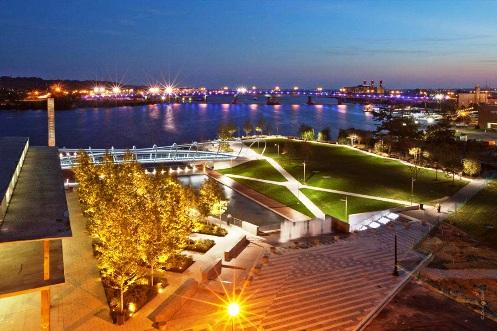
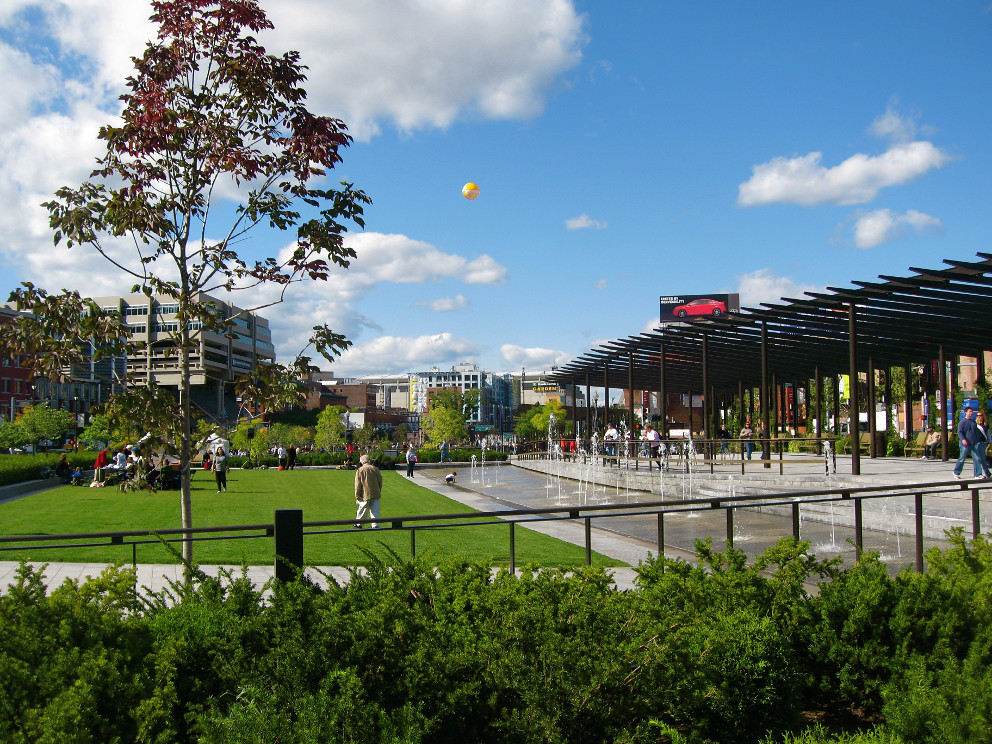
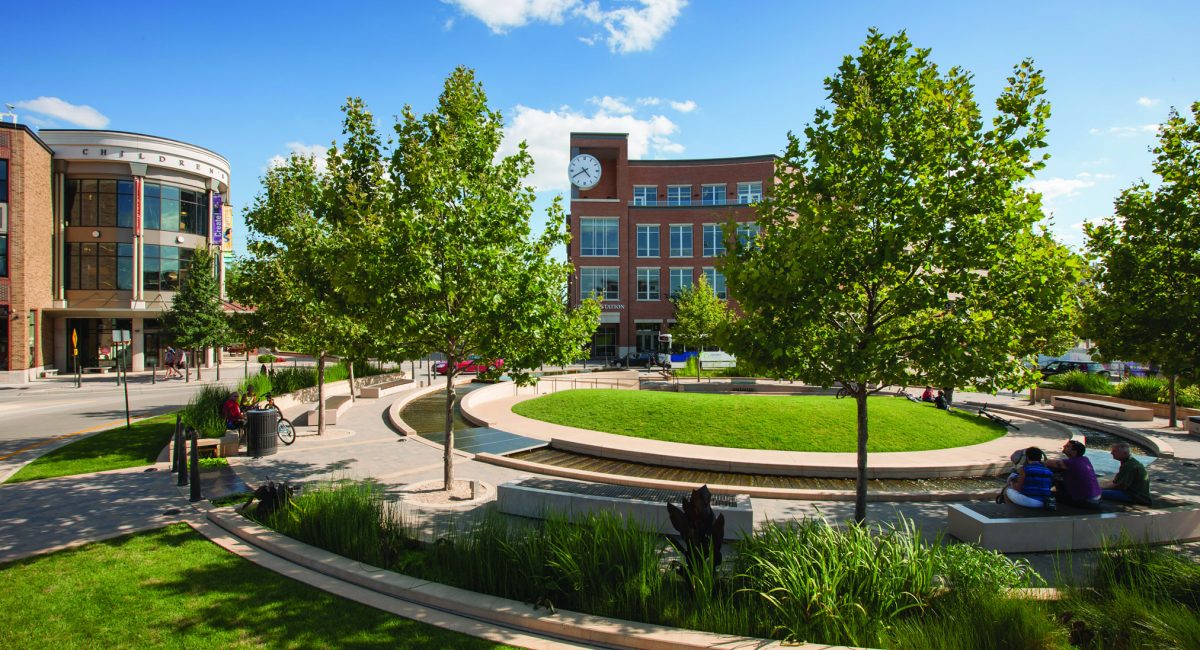
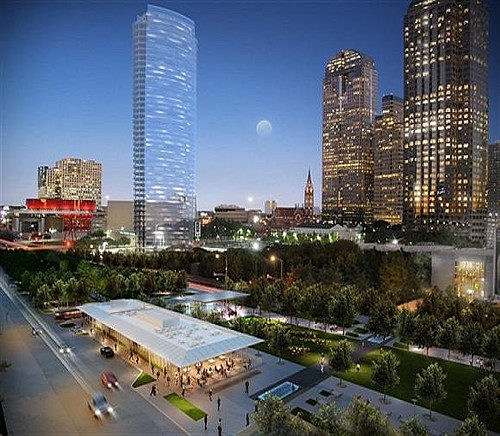
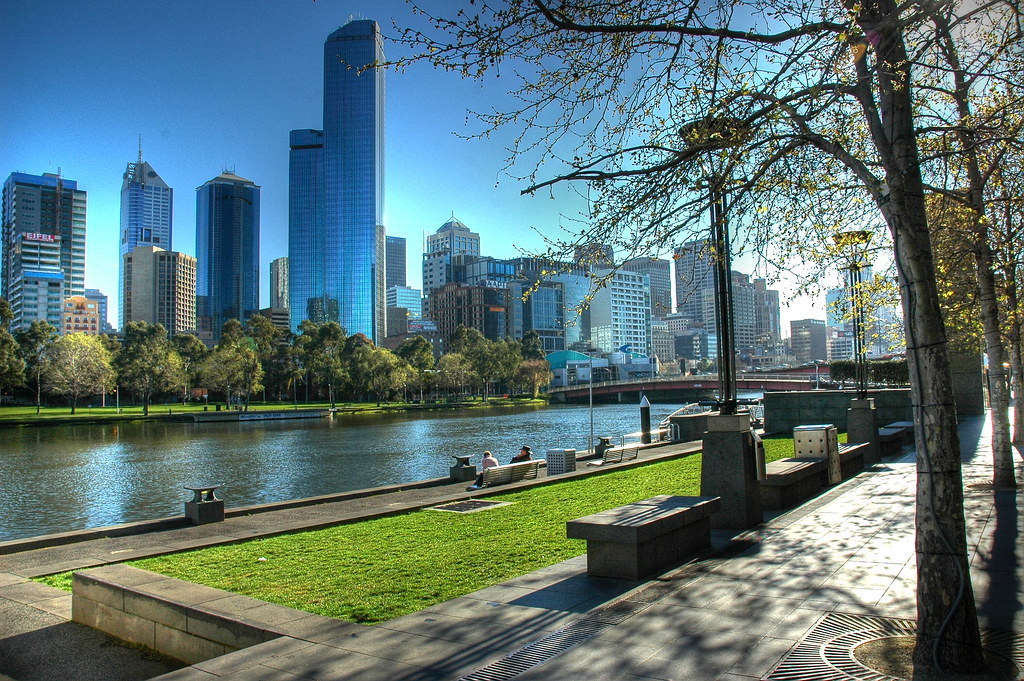
.jpg)